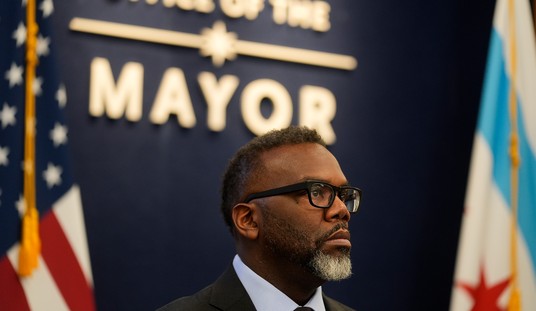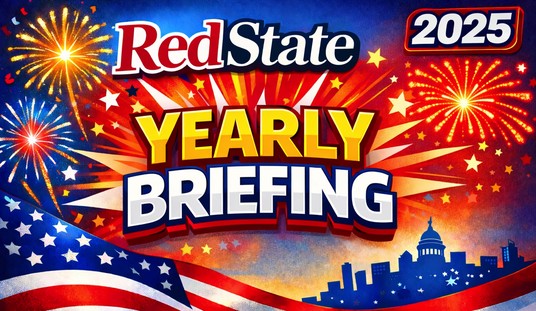
As any coach of any sports team will tell you, defense wins championships. So it is in politics. Yesterday, this writer outlined Congressional districts where the GOP needs to play offense in 2020. This is not only a Presidential election year that involves some Senate seats that can go either way thus putting the upper chamber of Congress in the balance, but also perhaps the last House election using the current district lines. This article is about where the GOP must play defense because losing these seats while winning others will not get you a victory in the House leadership unless you run the table on the high priority targets and get some surprise victories along the way.
The DCCC makes no secret of who they are targeting and every two years releases a list. That is the basis of this article. I also used the same parameters as in the previous article. However, unlike that scenario, all the targeted districts are rated Republican by the Cook PVI as of 2017. Hence, the criteria is adjusted somewhat when determining priorities. The results are:
High Priority
- FL-18: Brian Mast representing east coast of Florida;
- MI-6: Fred Upton representing the southwest corner of Michigan;
- MN-1: Jim Hagedorn representing southern part of the state;
- NE-2: Don Bacon representing the Omaha area;
- NY-1: Lee Zeldin representing eastern end of Long Island;
- NY-24: John Katko representing the Buffalo suburbs, and;
- PA-1: Brian Fitzpatrick representing far north Philadelphia suburbs (Bucks county).
Mid Level Priority
- CO-3: Scott Tipton representing western half of Colorado;
- FL-15: Ross Spano representing Tampa Bay suburbs;
- GA-7: Rob Woodall representing the Atlanta suburbs who IS RETIRING creating an open race;
- IA-4: Steve King representing northwest portion of the Iowa;
- KY-6: Andy Barr representing the north central part of the state;
- MO-2: Anne Wagner representing the St. Louis suburbs;
- NY-2: Peter King representing a portion of Long Island;
- NY-27: Chris Collins representing the Buffalo suburbs;
- OH-1: Steve Chabot representing the southwest corner of the state;
- PA-10: Scott Perry representing the central portion of the state;
- PA-16: Mike Kelly representing the northwest corner of the state;
- TX-21: Chip Roy representing the south central part of Texas, and;
- WA-3: Jaime Herrera-Beutler representing the southwest area of the state.
LOW PRIORITY
- AZ-6: Dave Schweikert representing the Phoenix suburbs;
- CA-22: Devin Nunes representing the mid-central part of the state;
- CA-50: Duncan Hunter representing San Diego suburbs;
- IN-5: Susan Brooks representing the mid-central part of Indiana who IS RETIRING creating an open race;
- NC-2: George Holding representing the mid-central part of the state;
- NC-13: Ted Budd representing the north central part of the state;
- TX-10: Mike McCaul representing the Houston suburbs;
- TX-24: Kenny Marchant representing the Dallas suburbs, and;
- TX-31: John Carter representing a central part of Texas.
NOTE: There is one currently unoccupied district- NC-9- that will hold a special election in September, 2019 to fill this seat. The DCCC has targeted this district in 2020 regardless of who wins that special election.
There are a couple of considerations here among these targets. Devin Nunes represents a +10 GOP district and won by 6 points in 2018 and one surmises the target on his back is because they just hate the guy. Duncan Hunter won a relatively close race (4 points) in a GOP Cook +14 district while under indictment. Likewise, amid some turmoil and ethics charges against Chris Collins in NY-27, he too survived a close race.
The targeted districts, one surmises, in Texas is because the Democrats have this “Turn Texas Blue” dream while in Pennsylvania, the turmoil created by a rearrangement of the districts by the courts before the 2018 election created uncertainty that the Democrats took advantage of to make gains there. Also, people like Scott Tipton, George Holding and Steve King have a target on their back every two years regardless (Fred Upton also).
One final remark about these incumbents: Some of them are not highly regarded here at Redstate and elsewhere among conservatives, and rightfully so in many instances. This analysis is more concerned with retaining the district than necessarily the incumbent. Some of them face primary challenges and it is perhaps time for a fresh face in some districts.
As for Democratic challengers thus far, there is at least one declared candidate in 27 of the 32 targeted districts. In 20 of those 27 districts, there are multiple candidates- a good thing because they must wage a possible costly primary battle to get to the general election. Furthermore, seven of the targeted districts have runoffs should a candidate not reach 50%+1 (or 40%+1 in North Carolina) which makes it even more costly.
As for the viability of the Democratic candidates, based on demonstrated fundraising to date and/or political profile within the district, 23 of the 68 declared Democratic candidates in the 31 targeted districts (leaving NC-9 out for now) meet the criteria. This is important because there are multiple viable candidates in GA-7, TX-10 and TX-24 and both states require a runoff.
The list of viable Democratic candidates are:
- AZ-6: Hiral Tipirneni;
- CA-22: Phil Arballo;
- CA-50: Ammar Campa-Najjar;
- CO-3: state representative David Valdez and Diane Bush;
- GA-7: Brenda Lopez Romero, Naibilah Islam, and Carolyn Bordeaux;
- IN-5: Christina Hale;
- MI-6: Jon Hoadley;
- NE-2: Kara Eastman and Anne Ashford;
- NC-2: Scott Cooper;
- NY-1: Perry Gershon;
- NY-2: Jacqueline Gordon;
- NY-24: Dana Balter, Francis Conole, and Roger Misso;
- PA-10: Edward DePasquale and Thomas Brier;
- TX-10: Pritesh Gandhi and Shannon Hutcheson, and;
- TX-24: Crystal Fletcher and Kymberly Olson.
In case anyone is keeping score, 13 of these candidates are female and six are from a minority group.
Based on the two articles, there is a unique opportunity to win back the House in 2020 and reverse the losses in 2018. While the Republican Party is not going to knock people like AOC and her squad from the House, they can be minimized by relegation to the minority party. That has an added bonus: being in the minority party in the House will up the craziness level on their part in an effort to be noticed and get airtime. The GOP needs the America-hating crazies to highlight the stark differences.














Join the conversation as a VIP Member